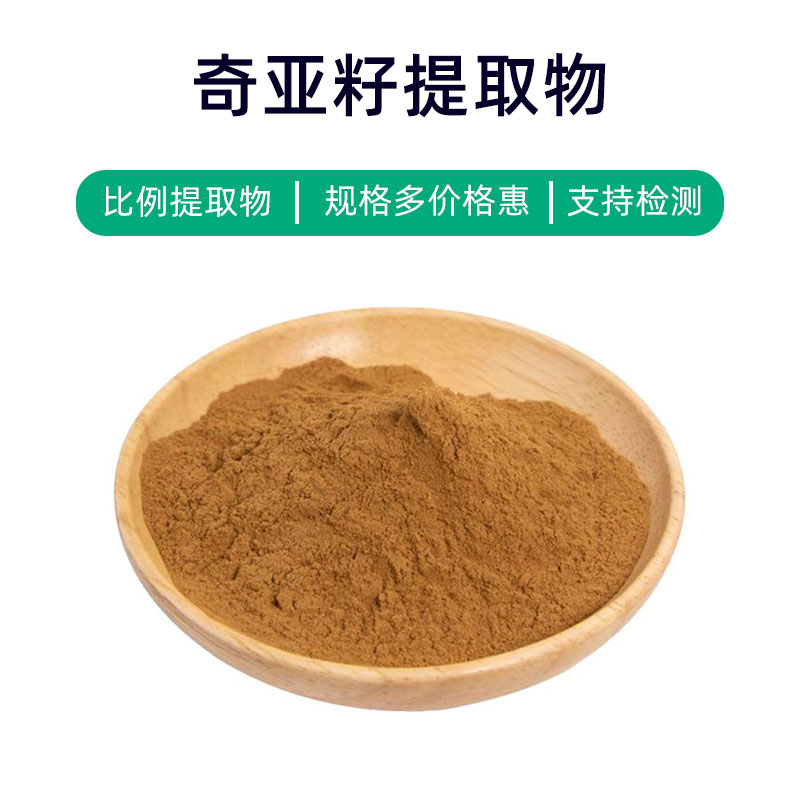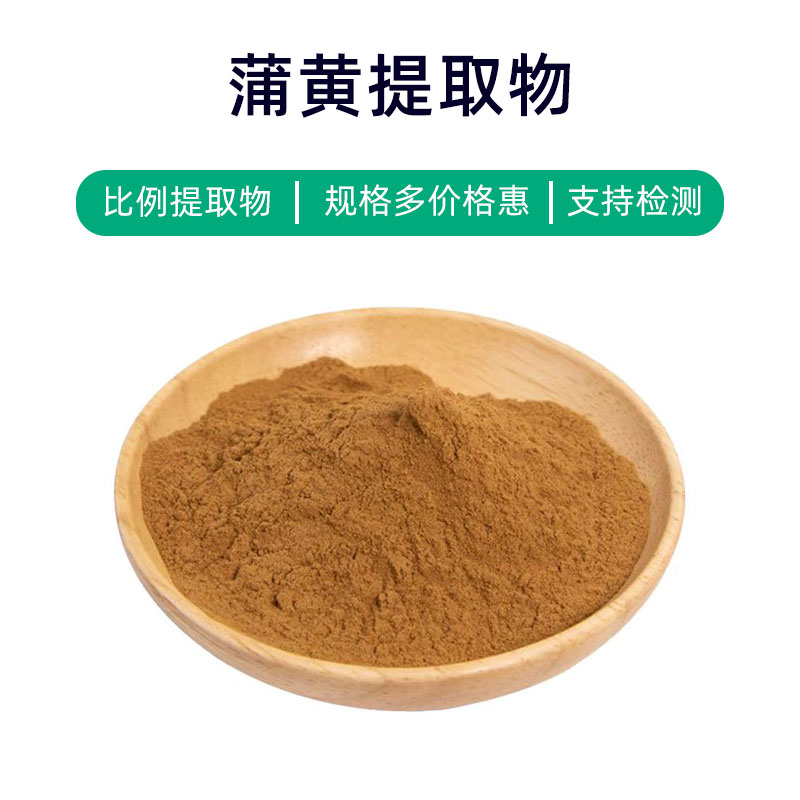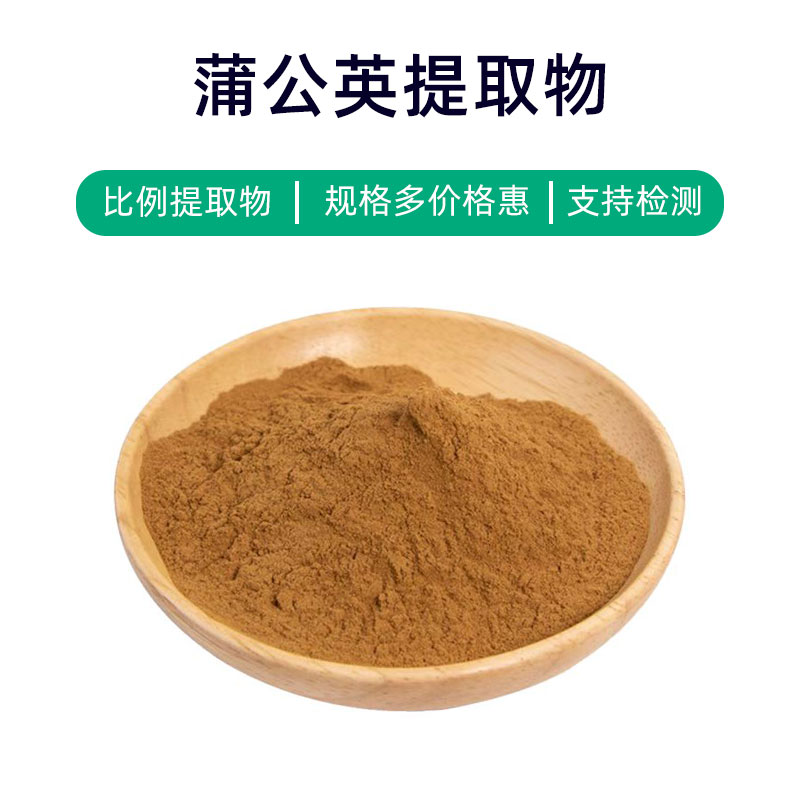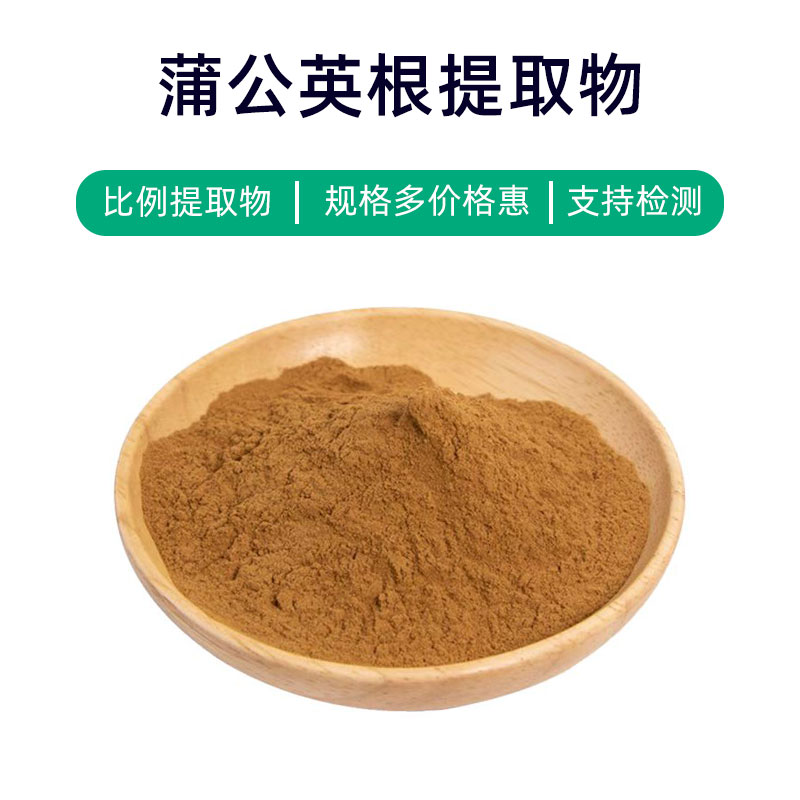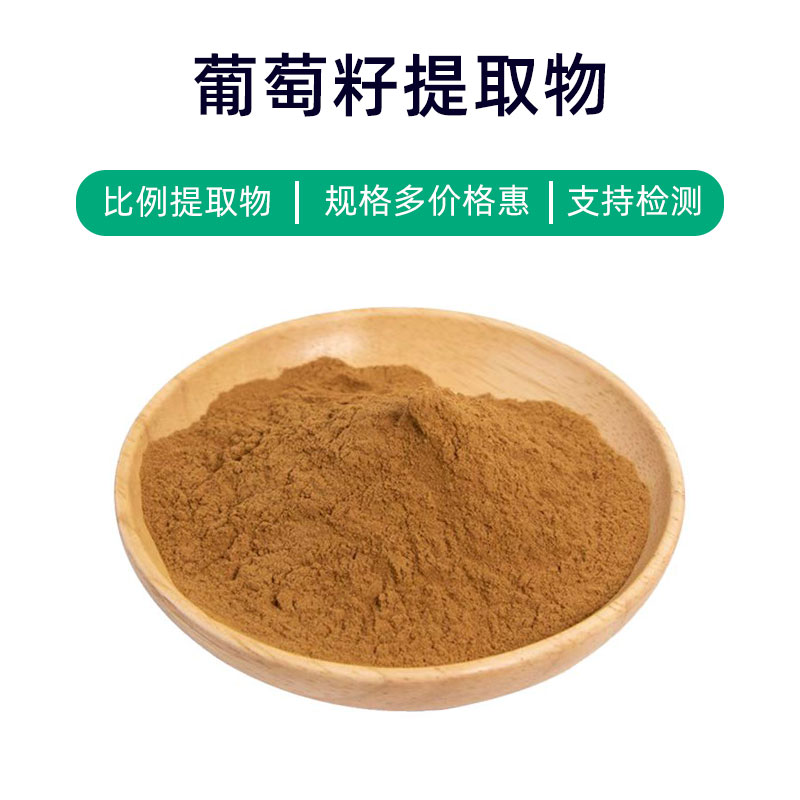Introduction to Bamboo Leaf Extract
Bamboo leaf extract is a natural plant extract derived from the leaves of bamboo (Bambusa textilis McClure), rich in flavonoids, essential oils, and polyphenols. These components give bamboo leaf extract a range of benefits, leading to its wide application in dietary supplements, pharmaceuticals, and cosmetics.
Main benefits include:
- Antioxidant Properties: The flavonoids in bamboo leaf extract have strong antioxidant activity, helping to neutralize free radicals, slow down cellular oxidation damage, and protect cellular health.
- Antibacterial and Anti-inflammatory Effects: It has antibacterial and anti-inflammatory properties, useful for preventing and alleviating skin inflammation and promoting wound healing.
- Blood Sugar and Lipid Regulation: Research indicates that active ingredients in bamboo leaf extract may help regulate blood sugar and lipid levels, improving metabolic functions.
- Blood Pressure and Lipid Reduction: It has effects on lowering blood pressure and lipids, aiding in the prevention and management of cardiovascular conditions like hypertension and hyperlipidemia.
In application, bamboo leaf extract is commonly used in:
- Dietary Supplements: As an ingredient in supplements, it can be formulated into oral liquids and capsules to boost immunity and promote health.
- Pharmaceuticals: Used in preparing medications such as topical ointments and oral tablets for treating skin inflammation and regulating blood sugar and lipids.
- Cosmetics: Frequently included in skincare products and shampoos, it provides antioxidant, antibacterial, and soothing effects, contributing to improved skin texture and health.
Overall, bamboo leaf extract serves as a natural plant extract with a variety of benefits, widely used in dietary supplements, pharmaceuticals, and cosmetics, providing valuable support for health and beauty.
Bamboo Leaf Extract Production Process
The production process of bamboo leaf extract generally includes the following steps:
- Material Collection: High-quality bamboo leaves are selected, typically harvested fresh from spring to summer, followed by preliminary washing and processing.
- Crushing and Grinding: The collected bamboo leaves are cleaned, crushed, and ground to enhance extraction efficiency and surface area.
- Extraction Process: Suitable extraction solvents (such as ethanol or water) are used to extract from the bamboo leaves, utilizing methods like soaking or ultrasonic extraction to obtain effective components.
- Filtration and Separation: The extracted mixture is filtered to remove suspended solids and impurities, producing the extraction liquid.
- Concentration and Solvent Removal: The extraction liquid is then concentrated to eliminate solvents used during extraction, typically via vacuum concentration or evaporation methods.
- Drying and Powdering: The concentrated bamboo leaf extract is dried to remove residual moisture, with common drying methods including spray drying and vacuum drying to obtain a powdered extract.
- Packaging and Storage: The prepared bamboo leaf extract is packaged and stored, usually in sealed containers to prevent moisture and oxidation, maintaining stability and activity.
- Quality Control: Strict quality control measures during production include raw material selection, process control, and product testing to ensure quality and safety.
These are the common production processes for bamboo leaf extract, with each stage requiring strict controls to ensure quality and stability of active components.
Benefits and Side Effects of Bamboo Leaf Extract
Bamboo leaf extract is a common plant extract with multiple benefits and effects:
- Antioxidant Effects: Rich in various natural antioxidants such as polyphenols and vitamins, it helps neutralize free radicals, slow down cellular aging, and protect cells from oxidative damage.
- Anti-inflammatory Effects: Contains abundant bioactive components that reduce inflammation and alleviate symptoms of inflammation-related diseases.
- Blood Pressure Reduction: Some components in bamboo leaf extract have been shown to help lower blood pressure, aiding in the prevention and improvement of cardiovascular diseases like hypertension.
- Blood Lipid Reduction: Active components in bamboo leaf extract lower cholesterol and triglyceride levels, improving lipid metabolism and preventing atherosclerosis and other cardiovascular diseases.
- Antibacterial and Antiviral Properties: Exhibits certain antibacterial and antiviral activities, inhibiting the growth of bacteria and viruses, thus helping to prevent infectious diseases.
- Digestive Support: Some components in bamboo leaf extract enhance digestive fluid secretion and promote gastrointestinal motility, aiding in alleviating digestive issues like indigestion and stomach pain.
- Sleep Improvement: Contains components with calming effects, helping alleviate anxiety and insomnia and improving sleep quality.
- Anti-allergic Effects: Some studies indicate bamboo leaf extract's anti-allergic properties, which help reduce allergic reactions and alleviate the symptoms of allergic diseases.
Bamboo leaf extract is generally considered safe with few side effects. However, some individuals may have allergies to certain components, so it’s advisable to conduct a skin sensitivity test prior to use to avoid adverse reactions. Pregnant women, nursing mothers, and children should consult a doctor before use.
Applications and Dosage of Bamboo Leaf Extract
Bamboo leaf extract has extensive applications in pharmaceuticals, food, and cosmetics:
- Pharmaceuticals:
- Applications: Often used in the preparation of traditional Chinese medicine formulations, such as granules, oral liquids, and injections for treating cardiovascular diseases, digestive disorders, and infectious diseases.
- Dosage: Generally taken according to the advice of a physician or traditional Chinese medicine practitioner, with dosages and methods tailored to the specific condition and patient’s constitution.
- Food:
- Applications: Used as a food additive that enhances the health functions of foods, commonly incorporated into tea beverages, functional drinks, and health foods.
- Dosage: Typically added as a food additive, following production standards, usually at a concentration of 2-5 grams per 1000 grams of food.
- Cosmetics:
- Applications: With antioxidant, anti-inflammatory, and soothing properties, it is commonly used in skincare products, face masks, and shampoos to protect skin and improve its texture.
- Dosage: Generally added as a cosmetic ingredient in proportion to the formulation, specified doses usually range from 0.1% to 5%.
The usage and dosage of bamboo leaf extract should be determined according to the specific type of product, its purpose, and formulation. It is recommended to read product instructions or consult professionals for advice. If any adverse effects or allergic reactions occur during use, stop immediately and consult a healthcare professional.
Source Plant Introduction, Distribution, and Growth Environment of Bamboo Leaf Extract
Bamboo (scientific name: Bambusa textilis McClure) is a type of bamboo plant, from which bamboo leaf extract is derived. Here are detailed insights about the source plant, its distribution, and growth environment:
- Plant Introduction:
- Bamboo (Bambusa textilis) belongs to the Poaceae family and is a perennial herbaceous plant, typically growing in bamboo forests. It has slender culms and linear leaves with a pale green color and clear texture, a common type of bamboo plant.
- Distribution:
- Bamboo is native to China, primarily found in southern regions such as Jiangsu, Zhejiang, Shanghai, Fujian, Guangdong, and Guangxi. Additionally, it has been introduced to other subtropical and tropical areas, including Southeast Asia and South Asia.
- Growth Environment:
- Bamboo typically thrives in warm and humid climates, favoring elevations of 200-800 meters, growing on hillsides, riverbanks, moist land, and valleys. It requires abundant sunlight and humidity, showing strong adaptability to various soil types, although well-drained sandy loam is preferred.
- Growth Characteristics:
- Bamboo is resilient to cold, drought, and moisture, growing rapidly and can form tall bamboo forests in a short period. Its developed root system provides stability to the soil and prevents erosion. The leaves exhibit lush green hues during the growing season, offering ample resources for extracting bamboo leaves.
- Growth Cycle:
- Bamboo typically begins growing in spring, with the most vigorous growth occurring in summer when the leaves are abundant for harvesting. Growth slows in autumn as it enters dormancy.
In summary, the source plant of bamboo leaf extract, bamboo, is a rapidly growing plant found in southern China, thriving in warm and humid climates and sandy loam, providing rich resources for leaf extraction.
Processing and Storage of Bamboo Leaf Extract
The processing of bamboo leaf extract usually involves the following steps: First, fresh bamboo leaves are collected and cleaned to remove impurities. Next, the clean leaves are ground or crushed to improve extraction efficiency. Then, using appropriate extraction methods (such as water extraction or supercritical fluid extraction), the active components in bamboo leaves are extracted. Finally, the resulting bamboo leaf extract undergoes filtration, concentration, drying, and other processes to yield a purified extract.
For storage, bamboo leaf extract should be kept in a cool, dry, and well-ventilated place, away from direct sunlight and high temperatures to prevent oxidation and moisture-related quality issues. Sealed containers are recommended to avoid air exposure. Under proper storage conditions, bamboo leaf extract can maintain good quality and stability, prolonging its shelf life.
Monica Sun is a seasoned expert in the plant extraction industry with over a decade of experience in research and production. She specializes in the extraction and purification of plant active ingredients, focusing on driving innovation in natural product applications. Monica has participated in the development of multiple functional plant extracts, delivering high-value natural raw material solutions for the health food, pharmaceutical, and dietary supplement sectors.









